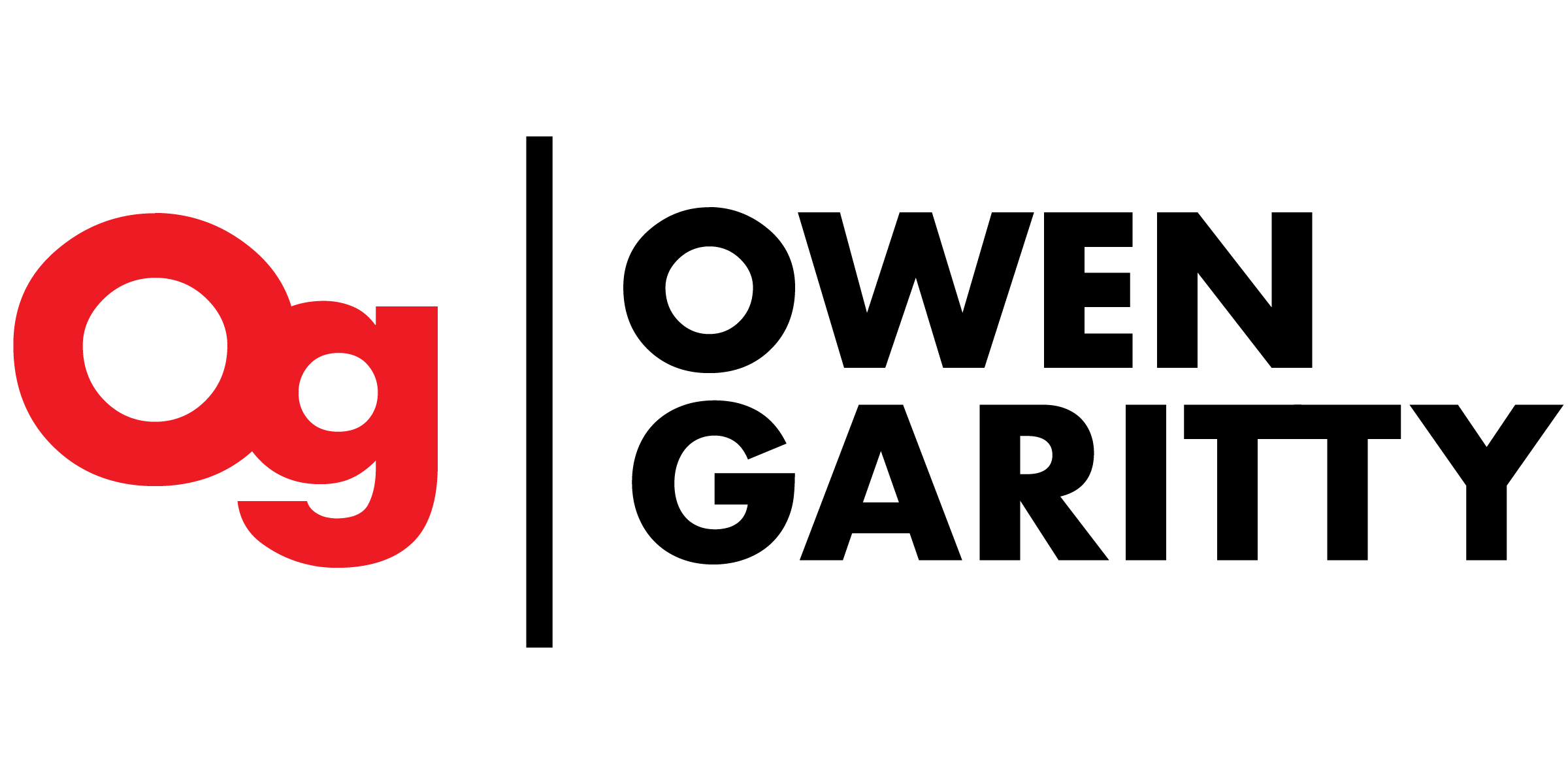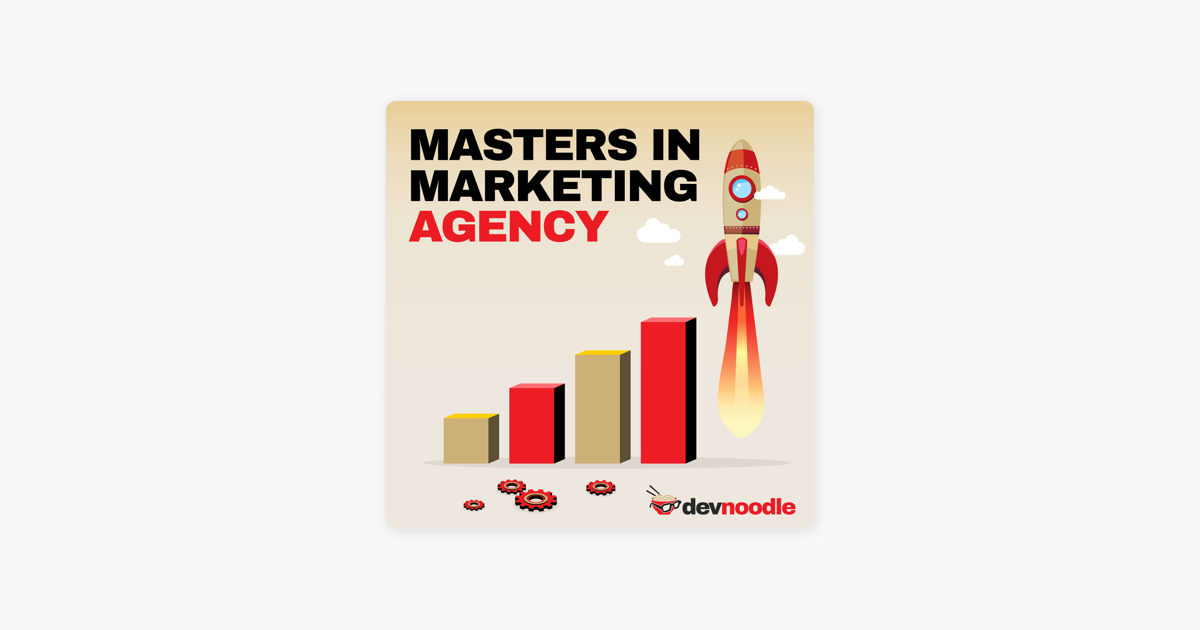
Customer profiles, also known as buyer personas, are a crucial part of an successful online marketing strategy. Well-crafted personas can help you better understand your audience and improve your communication outcomes. To use customer profiles in your brand’s communications, it’s important to have a solid understanding of what customer profiles are, why they’re important, and how to create them effectively.
What are customer profiles?
A customer profile is a detailed description of a particular type of customer or target audience. It includes demographic information, such as age, gender, location, and income, as well as psychographic information, such as values, interests, and personality traits. Often, theses profiles are written in a narrative form, as if you are describing a real person with a unique background, personality, and interests. Customer profiles provide more specific details for a target audience than simply demographic data. They need to include enough details to provide insight into your audience without becoming so narrow that they exclude potential customers. Personas should be based on high-quality research and data, rather than assumptions or stereotypes.
Why are customer profiles important?
Creating detailed and thoughtful customer profiles can help you understand your audience. By creating a customer profile, you can gain a deeper understanding of your audience’s needs, motivations, and pain points. This information can help you tailor your marketing strategies and product offerings to better fit your audience. One study by HubSpot indicated that marketers who utilize buyer personas are 4x more likely to create engaging content for their audience. Another study by MarketingSherpa showed that creating and using marketing personas to inform communication efforts can lead to a 900% increase in website traffic and a 171% increase in lead generation.
Customer personas can also help you identify new opportunities. Gaining a better understanding of your audience can reveal opportunities for growth and expansion. For example, you may identify a new product or service that would be of interest to your audience, or you may discover a new market segment that you hadn’t considered before. A recent survey by Cintell showed that 71% of companies who exceed their goals for leads and revenue utilize buyer personas. And a study by Adobe indicated that business who use customer profiles to tailor their communication efforts saw a 19% increase in sales.
How to create effective customer profiles
When creating buyer personas, there are a few best-practices to keep in mind.
- Conduct research: Start by thoroughly researching your audience. Use tools like surveys, interviews, and social media analytics to gather information about their demographics, interests, and behavior.
- Use data to inform your profile: Use the data you’ve gathered to create a detailed profile of your audience. This should include demographic information like age, gender, and location, as well as psychographic information like values, interests, and personality traits.
- Create a narrative: Give your customer profile a name and backstory to make it more tangible. This can help you and your team better understand and relate to your audience.
- Keep it simple: Your customer profile should be simple enough to understand and use. Avoid unnecessary details or information that doesn’t directly relate to your marketing strategies.
- Keep it up to date: Your customer profile should be a living document that’s updated regularly as you gather new data and insights about your audience.
Developing and using customer profiles is an essential tool to maximize the success of your marketing strategy. By understanding your audience’s needs, motivations, and behavior, you can create targeted marketing campaigns that resonate with them and drive growth for your business. Following established best practices to create effective customer profiles can improve your connection with your audience, resulting in improved business outcomes.



